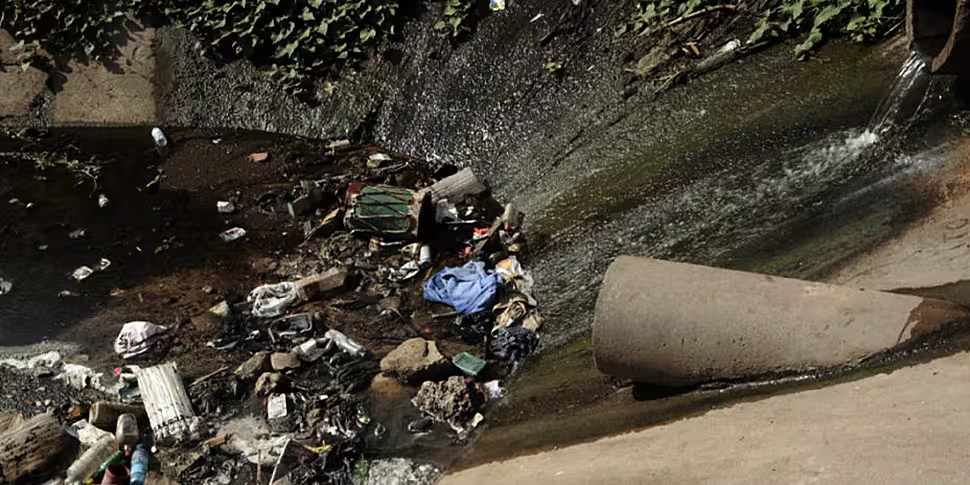A new report has warned that bad water quality is threatening the economic potential of heavily polluted areas.
The World Bank is also warning that the "invisible crisis of water quality" is threatening human and environmental well-being.
In some regions, it says rivers and lakes are so polluted that they are literally catching fire.
Examples include the Bellandur Lake in Bangalore, India which has carried ash onto buildings up to six miles away.
Many other bodies of water are polluting less dramatically, but just as dangerously - with a toxic cocktail of bacteria, sewage, chemicals and plastics sucking oxygen out of water supplies.
The study, Quality Unknown: The Invisible Water Crisis, sheds new light on this process.
 Refugees collect water from a local pond at Nayapara camp in Bangladesh | Image: UN
Refugees collect water from a local pond at Nayapara camp in Bangladesh | Image: UNIt uses the world's largest global database on water quality gathered from monitoring stations, remote sensor technology and machine learning tools.
The report argues that without urgent action, water quality will continue to deteriorate and impact on human health.
It says this will massively reduce food production and, consequently, stall economic progress.
The report estimates there could be a cut of up to one-third in the economic potential of affected regions, due to low water quality.
This is based on Biological Oxygen Demand (BOD), which is a measure of how much oxygen is needed to remove waste organic matter through decomposition.
Once the BOD reaches a certain level, economic growth in areas downstream of the polluted water drops by up to one-third, because of the negative impacts on health, agriculture and ecosystems.
Nitrogen threat
The use of nitrogen as a fertilizer in agriculture is singled out as particularly problematic when it comes to maintaining water quality.
Nitrogen enters rivers, lakes and oceans where it transforms into substances known as nitrates.
Nitrates are harmful to young children, affecting their growth and brain development.
The study says that for every additional kilogram of nitrogen fertilizer per hectare that enters the water supply as nitrates, the level of childhood stunting can increase by as much as 19%, compared to those who are not exposed.
This also has an impact on the future earning potential of affected children, reducing their earnings as adults, by as much as 2%.
The report estimates that the world is losing enough food to feed 170 million people each year - the equivalent of the population of Bangladesh - due to increase salinity, or salt content.
In order to meet these challenges, the World Bank is calling for immediate attention to be paid to these dangers - which face both developed and developing countries - at a global, national, and local level.
The report recommends a set of actions that countries can take to improve water quality.
This includes improving environmental policies and standards, accurate monitoring of pollution levels, effective enforcement systems and water treatment infrastructure supported with incentives for private investment.









